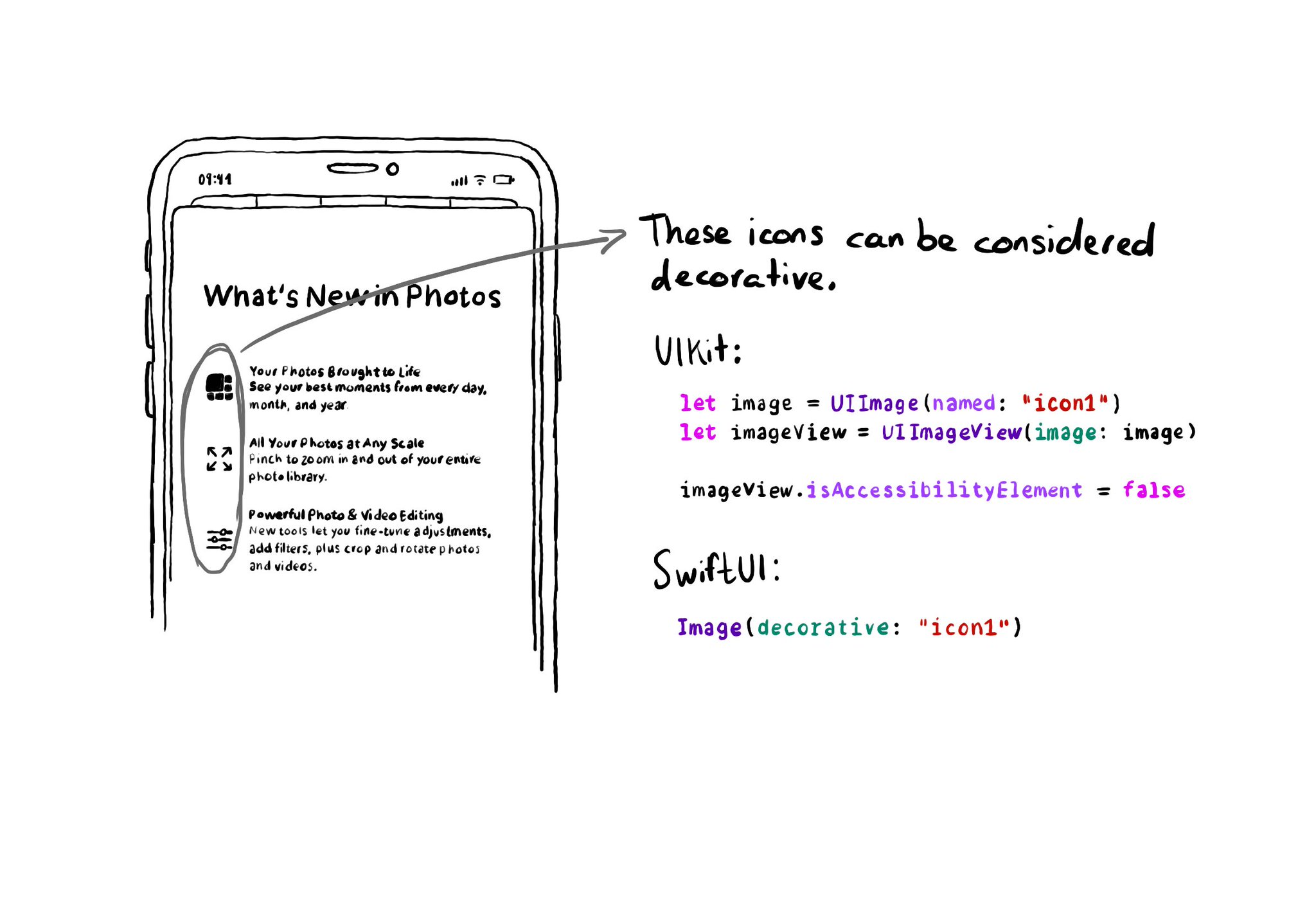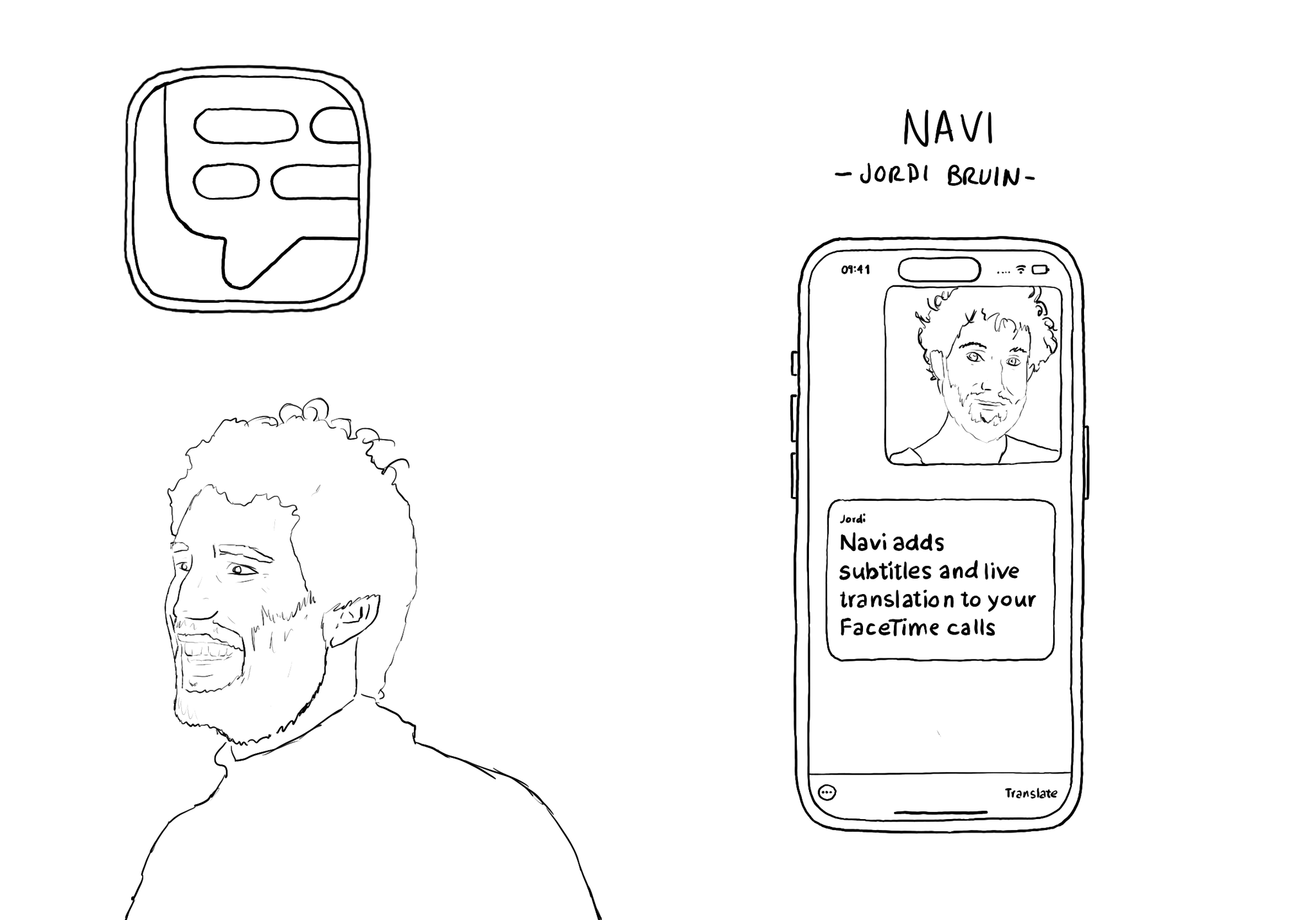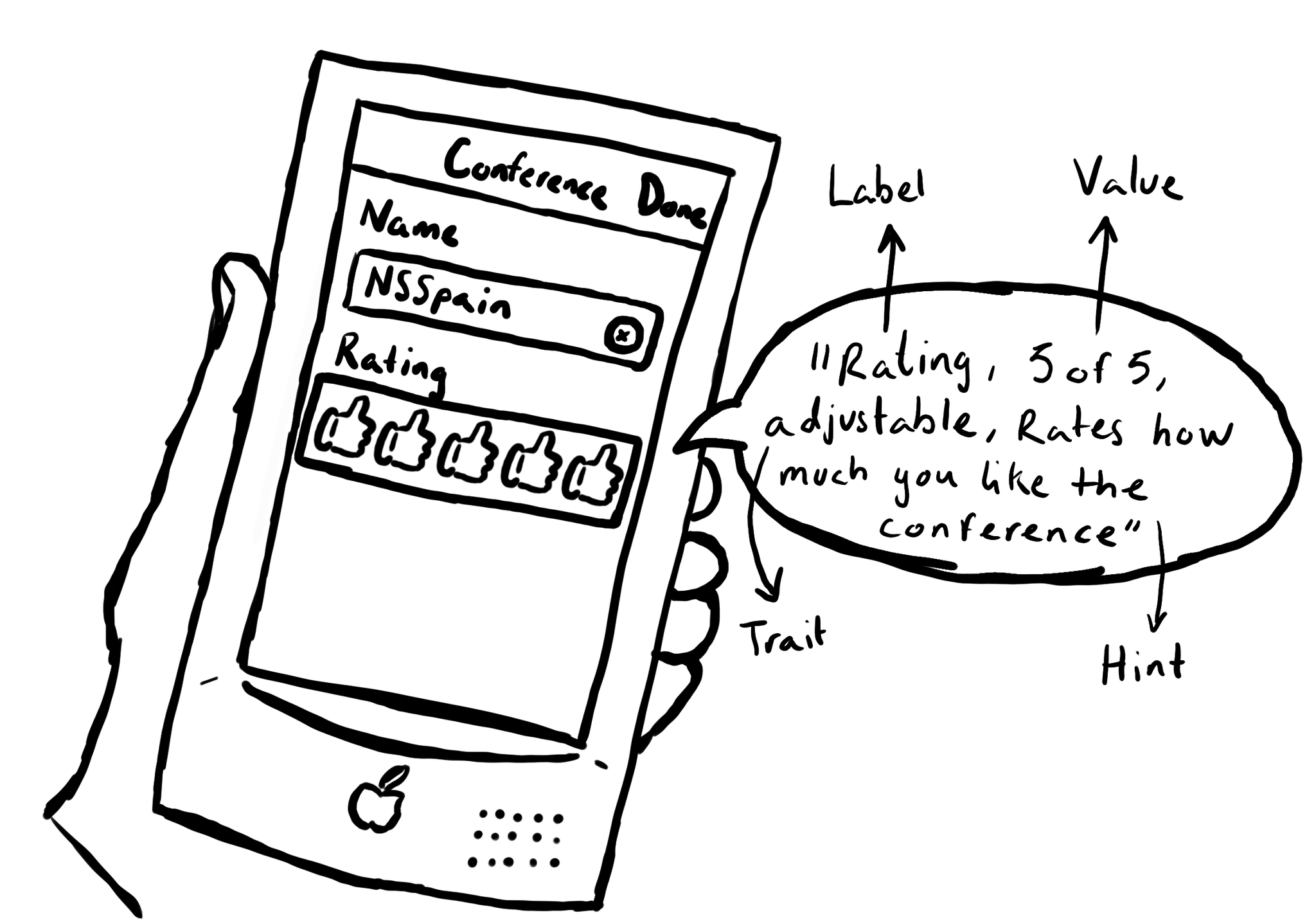SwiftUI has equivalent accessibility modifiers for some of UIAccessibility's properties in UIKit. Same basic concepts apply.
Label: https://developer.apple.com/documentation/swiftui/view/accessibilitylabel(:)-9ek2h
Value: https://developer.apple.com/documentation/swiftui/view/accessibilityvalue(:)-8esl7
Traits: https://developer.apple.com/documentation/swiftui/view/accessibilityaddtraits(:)
Hint: https://developer.apple.com/documentation/swiftui/view/accessibilityhint(:)-3i2vu
You may also find interesting...

If an image does not convey additional information, maybe it's just used to make the UI look more attractive, it makes sense for VoiceOver to skip it. UIKit: set isAccessibilityElement to false. SwiftUI: create a decorative image explicitly.

Meet @jordibruin developer of Navi (and other great apps) and organizer of @swiftuiseries (with an accessibility category). Navi is sadly not available anymore but it was worth an Apple Design Awards nomination. It added subtitles to FaceTime!

UIAccessibility is the cornerstone of any accessible UIKit app. Among others, understanding what an accessibility label, value, trait or hint are, is key. This is an example of how they could be configured for a custom rating component. #GAAD2022